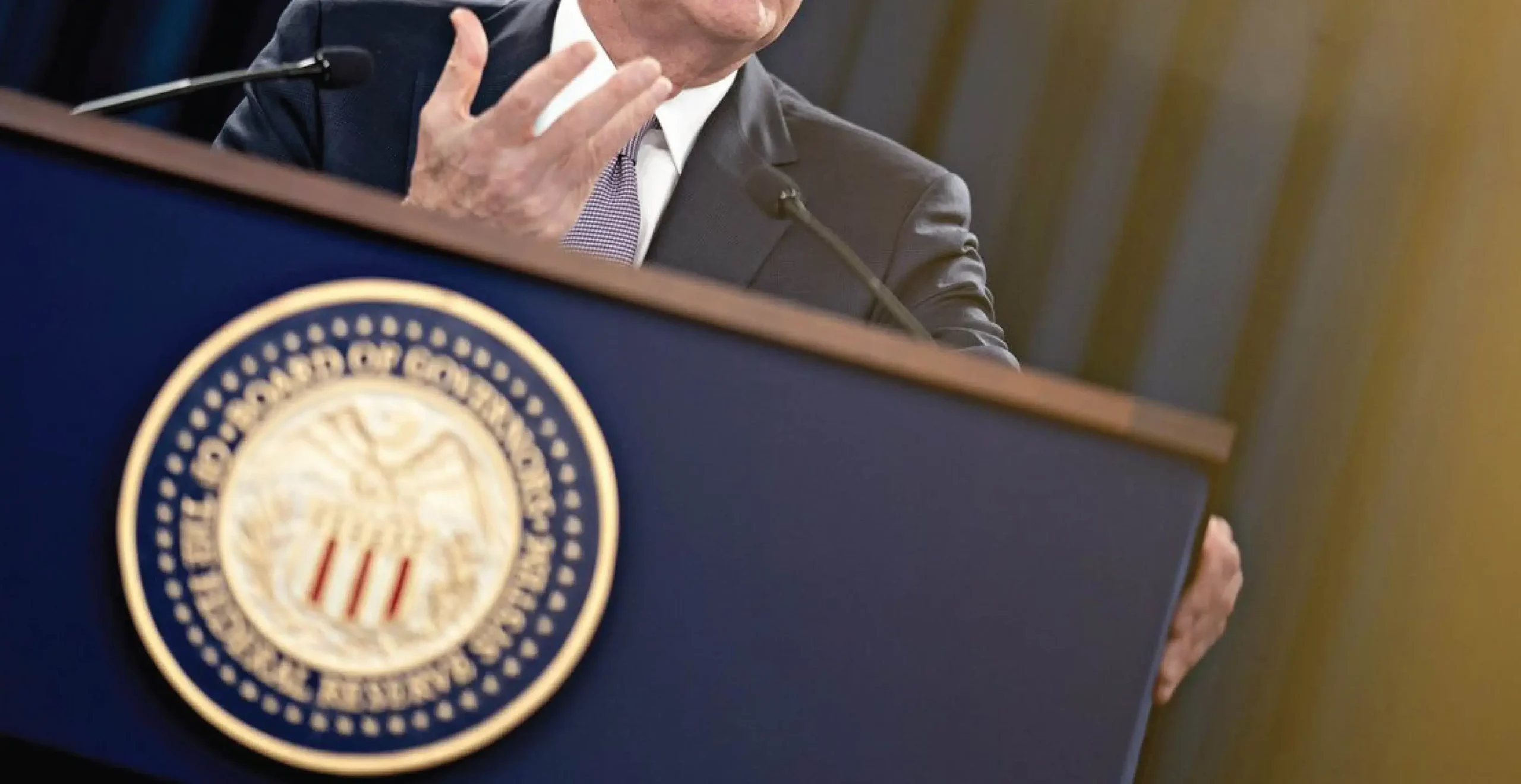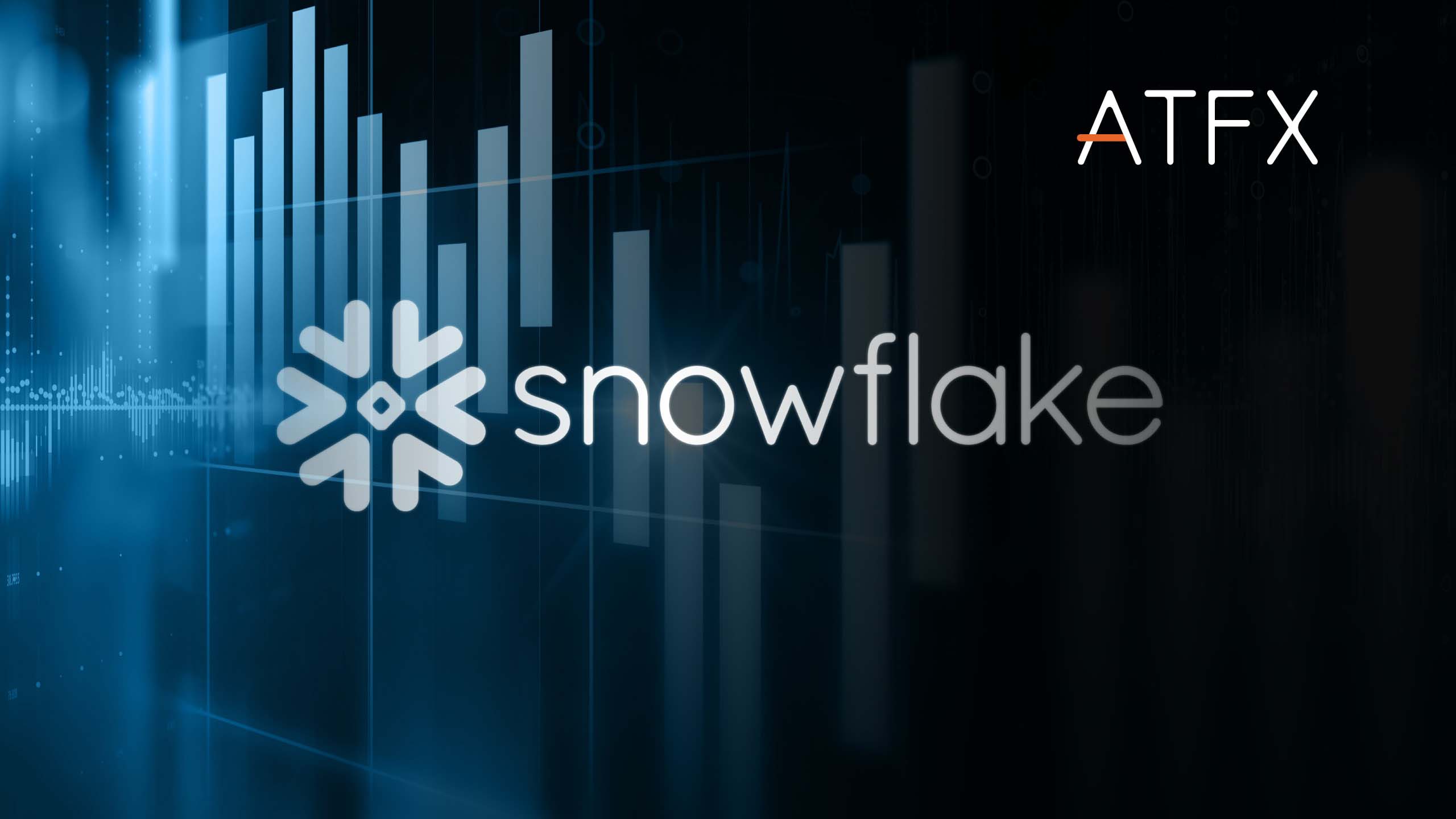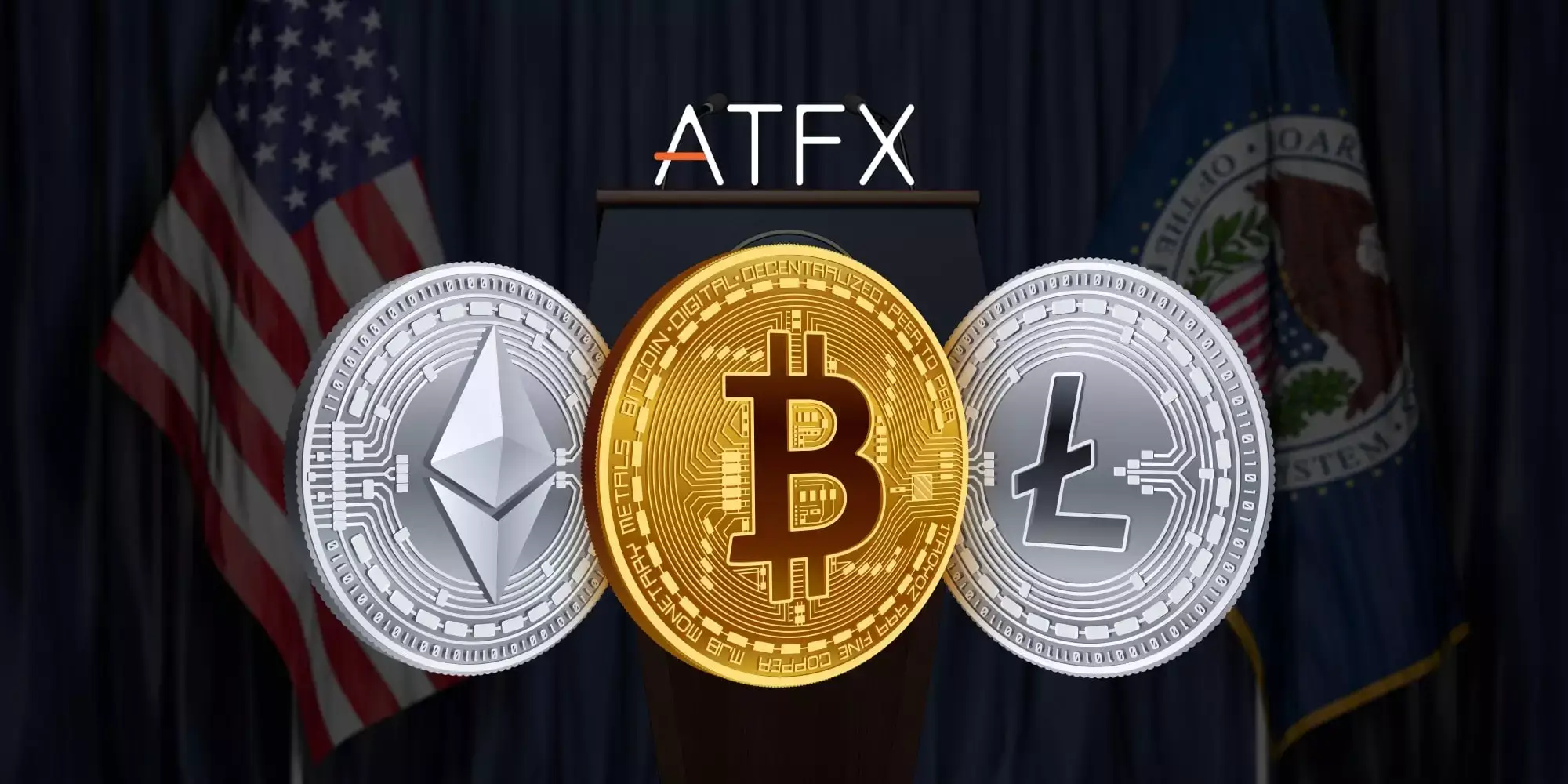Recently, the financial markets focused on important economic data released by the US Department of Commerce, the initial value of the annualized quarterly growth rate of real GDP in the fourth quarter of the United States. The previous GDP data value was 2.3%, and the consensus forecast value was 5.8%. Under the dual pressure of the ongoing pandemic and high inflation, the markets worried whether the U.S. economy would slow down this year.
The Federal Reserve ended its highly anticipated first meeting of 2022 while maintaining a hawkish stance. The Fed announced its interest rate decision in January, with the Federal Open Market Committee deciding to keep the federal funds rate unchanged at 0-0.25%. However, the FOMC readied market participants for ending asset purchases in March and the continued push to shrink its bloated balance sheet. The Fed also hinted that it would start hiking interest rates soon.
As for the timing of interest rate hikes, Fed Chairman Jerome Powell pointed out during a press conference after the interest rate meeting that there was a possibility of interest rate hikes at the next monetary policy meeting. The Fed would communicate the same as early as possible. If the Fed raises interest rates too quickly, the yield on the 10-year U.S. Treasury bonds may rise, leading to higher corporate financing costs. As a result, asset prices such as the stock and bond markets may fall, applying downward pressure on the future U.S. economic outlook.
The latest PCE price index and initial jobless claims will be released
The U.S. fourth-quarter PCE price index and the latest jobless claims data are worth watching. The number of Americans applying for unemployment benefits has risen for the third consecutive week, reaching the highest level since mid-October 2021. As of January 15 2022, the number of initial claims for unemployment benefits in the United States reached 286,000, far exceeding market expectations of 225,000, an increase of 56,000 from the previous value of 230,000. Some analysts believe that the rise in unemployment may be related to employer layoffs caused by the surge in the number of confirmed Omicron cases.
The unexpected rise in unemployment comes as U.S. retail sales continue to fall. U.S. retail sales fell 1.9% in December compared to November, exceeding expectations for a 0.1% drop, the biggest drop in 10 months. The decline was mainly due to rising inflation and a virus that disrupted the economic recovery in the US. Some economists also expressed concern that the U.S. economy is losing momentum. Still, it appears the weakening of the economy will not change the Fed’s decision to raise interest rates early.


